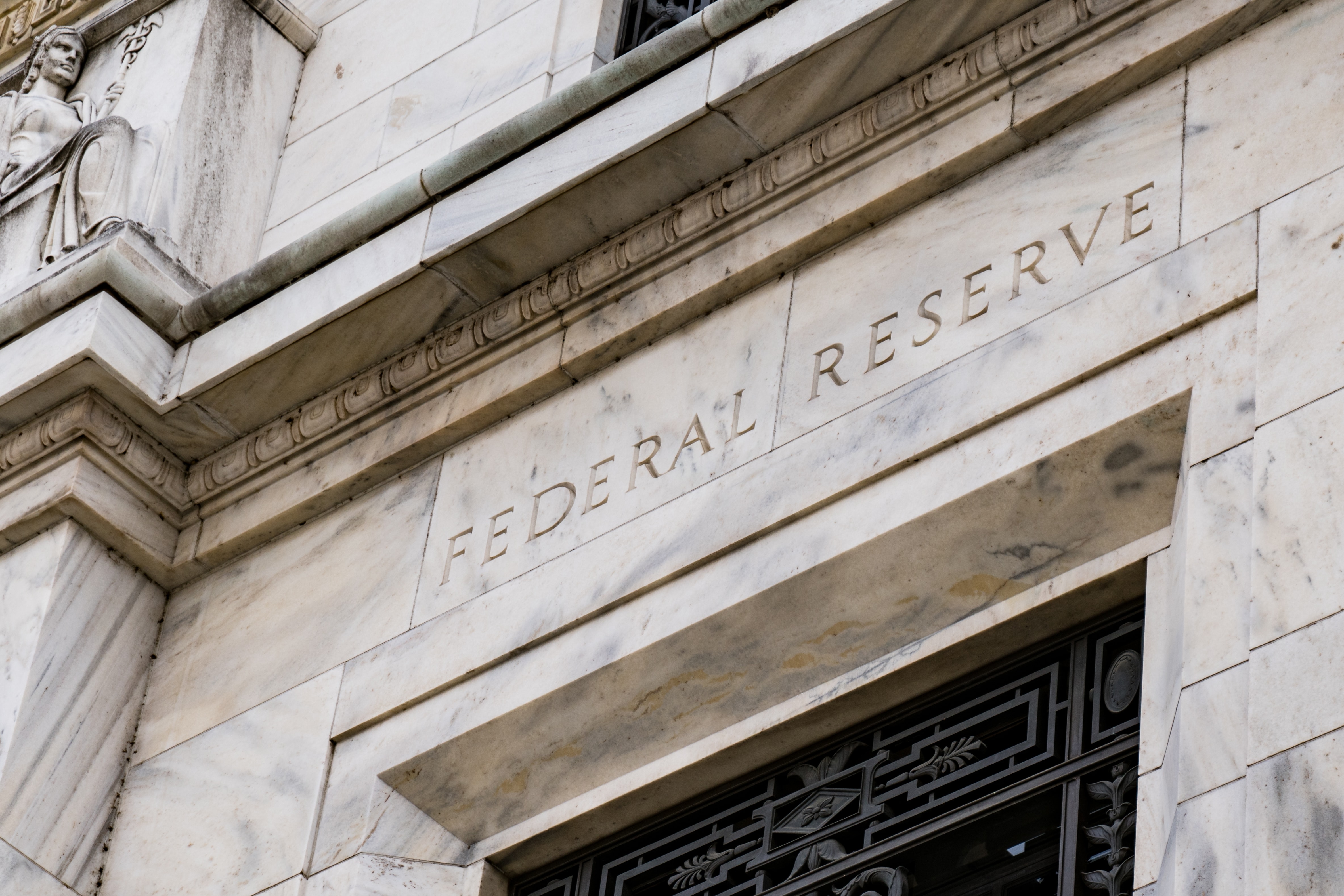Inflation-protection bond ETFs are bleeding assets as central banks across western economies rush to reduce their balance sheets and fight inflation.
According to data from Ultumus, recent outflows have been led by the $1.8bn Lyxor Core US TIPS UCITS ETF (TIPH) and $1.9bn Lyxor EUR 2-10Y Inflation Expectations UCITS ETF (INFL) which saw $459m and $167m outflows, respectively, in the week to 29 July.
The pace of these outflows has accelerated since May when Federal Reserve chair Jerome Powell announced a 50 basis point (bps) increase in the Federal Funds rate, its largest single increase in two decades.
Over the next two months Powell followed through on his hawkish promise to tackle inflation “expeditiously” with two successive 75bps, the first time such an increase has been seen since 1994.
However, inflation shielded bonds have been seeing outflows since many policymakers started their tightening cycles at the turn of the year.
Reflecting this, TIPH saw almost $1.8bn exit in the first seven months of the year. Meanwhile, Europe’s largest TIPS ETF, the $4.7bn iShares $ TIPS UCITS ETF (IDTP), shed more than $2bn over the same period, according to data from ETFLogic.
Policymakers changing the ease with which money can be borrowed only has an impact on the demand side of the inflation equation and given the stubbornness of supply chain and commodity price concerns, there is no guarantee inflation is going anywhere any time soon.
However, this seems to be a bet some investors are willing to make as the US economy officially entered a technical recession a day after the Federal Open Market Committee (FOMC) meeting last week.
Also, the consensus is the Fed is not done with its current offensive, with most expecting the Fed funds rate to easily surpass 3% by the end of the year.
David Page, head of macroeconomic research at AXA Investment Managers, commented: “We remain of the view that the Fed will soften the pace of hikes over coming meetings to 50bps in September, 25bps in October and leave rates unchanged at 3.25% in December.
“Should the Fed prove more nimble in decelerating the pace of hikes, we think it will keep rates at those levels for most of 2023.”
After being late to join the party with its first hike of 50bps in July, the European Central Bank (ECB) will now also have to ponder further rates hikes down the line, if it is to combat euro’s softening purchasing power.
Investors have come prepared for the year of monetary tightening, pouring a combined $933m into Europe’s three largest floating rate ETFs since the start of 2022.
Related articles







